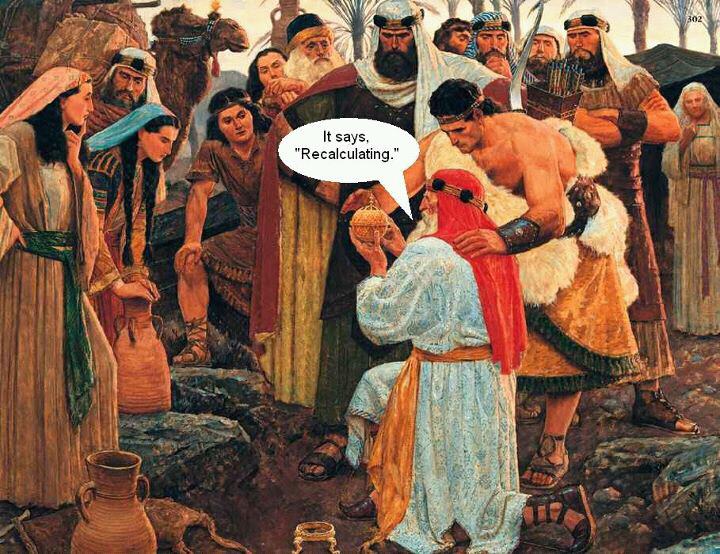Five years ago, the Boston Globe ran an article suggesting collusion between the LDS Church and the US Selective Services regarding deferments for missionaries in general, and Mitt Romney in particular. The simple truth was, yes, young men could get a ministerial deferment (one of many different deferments available) for the duration of their mission, but the deferment vanished as soon as the mission ended — and the mission was fixed in duration. I should know: my own draft number was 4, and the only reason I didn’t end up enlisting in the US Navy was that the draft was suspended before I returned home from my mission.
More significant, though, is that during an era in which anti-war protests were common on many college campuses, they were almost non-existent at Brigham Young University. What’s more, BYU had large, active Army and Air Force ROTC programs all through the war, even though many other colleges and universities were criticizing, curtailing, or even shutting down their own ROTC programs.
Well, the issue has come up again, triggered in part by Ann Romney’s appearance on The View, where Whoopi Goldberg inexplicably thought that Mormons weren’t allowed to fight. (Seriously? Did someone feed her this question, or did she come up with it on her own?) But that brought up the fact that Mitt Romney didn’t serve in the military and has resurrected the same themes of collusion and draft dodging. I made the statement in my post five years ago that Latter-day Saints if anything were probably over-represented in the US military during the Vietnam War; now I have evidence of that.
Let’s look at the figures. During the period of the Vietnam War — say, 1965-1974 — the total US population was around 200 million. During that same period of time, LDS Church membership grew from roughly 2.4 million to 3.4 million. That membership is men, women, and children of all ages, both inside and outside of the United States. I have not yet been able to find the actual United States LDS membership for that period, but I will assume that it was on the order of 75% of the total LDS membership, or about 2 to 2.5 million — just a bit over 1% of the US population.
Furthermore, probably only about 50% (if that much) of that membership within the United States represented actively practicing and attending members. So the ratio of active LDS members living in the US to the US population at large during that period was probably on the order of 0.5%, perhaps less.
So, how many self-identified Mormons were killed in Vietnam? 589 out of 58,193, or just over 1% of all US military deaths. In other words, Mormons were at least proportionately represented by population among US military deaths in Vietnam and were likely over-represented.
How many Mormons served in uniform for the US military in Vietnam? Assuming they died at the same rate as everyone else, it would be about 27,000 (1% of 2.7 million).
So, yes, Mormons did fight — and die –in Vietnam in numbers at least proportional to their percentage of the US population and likely higher.
As for Mitt Romney, my understanding was that he had a ministerial deferment for his mission and one or more student deferments (which didn’t end until 1971) while attending college. Millions of other students had legitimate student deferments, too, usually in multiples (since you had to reaffirm each year that you were still enrolled in college) — that wasn’t draft dodging, that was the norm, and it actually increased college enrollment during the period in question. ..bruce..

